All about growing trachycarpus
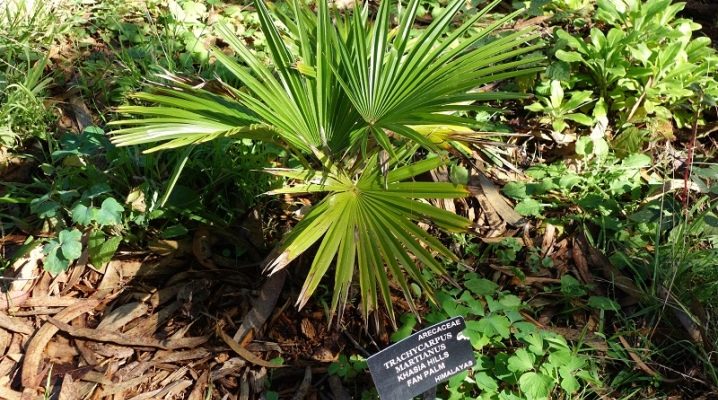
There is a huge number of beautiful home plants from which chic decorations for any interior are obtained. Trachycarpus is one of these plants. The culture looks very impressive, it is easy to grow at home. In today's article we will learn all the most important about the correct cultivation of trachycarpus.
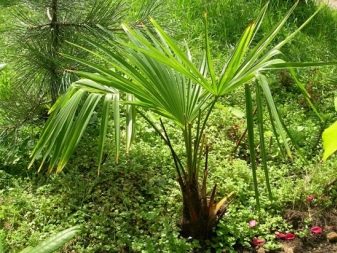
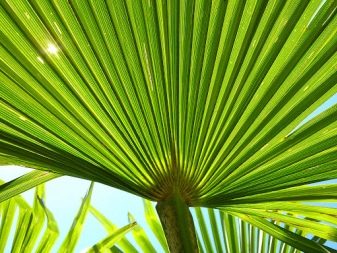
Description
Trachycarpus comes from the Palm family. In nature, this beautiful plant grows in several territories at once: in Japan, Burma, China and the Himalayas. Initially, the culture comes from the tropics and subtropics. Trachikarpus, despite its frankly "summer" appearance, is frost-resistant. It can withstand the winter season and cold temperatures without any problems.
Culture can decorate almost any interior compositions and furnishings with its interesting crown for 10-15 years. The original tropical tree attracts a lot of attention as it produces spectacular fan branches. Trachycarpus lives for about 100 years, during its growth it can reach a height of 18-19 meters.
Of course, indoor specimens grow more compact, approximately 1-2.5 meters in height.
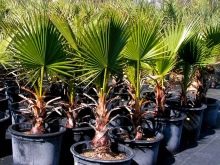
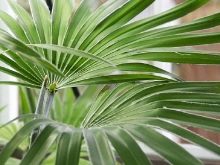
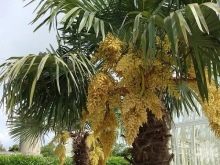
The considered type of palm is also called fan. This is due to the fact that the trachycarpus has large dissected leaves, collected in a brush, similar to a fan. In mature indoor plants, one such fan brush can reach a diameter of 60 to 80 cm. Of course, growing in a dwelling, trachycarpus will not be able to develop as elegant and broad-leaved as in nature. However, with proper and regular care, the crown of the plant is formed quite voluminous and attractive, radiating health.
The inflorescences of the palm in question can bear fruit with large berries of a characteristic black color. Trachikarpus also blooms with beautiful yellow flowers. They gather in lush brushes. But, growing a culture at home, such a flowering should not be expected, since it simply cannot come.
In natural conditions or in special greenhouses, trachycarpus produces very beautiful flowers, which are replaced by black-gray fruits.

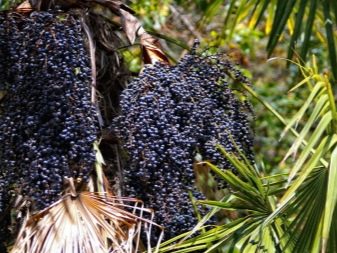
Views
There are many beautiful and original varieties of trachycarpus. Each of them has a spectacular appearance and a number of distinctive features. Let's take a closer look at interesting types of elegant palm trees.
Fortune
Trachycarpus Fortunei is one of the most sought after species of its genus. In natural conditions, this green pet can easily grow to a mark of 12 meters. If the culture is grown at home, then its height is unlikely to exceed 250 cm. The surface of the stem of the Fortune species is covered with a rough "fur coat". It is made up of the remaining petioles, as well as leaves that have already died out earlier.
The foliage of the trachycarpus species under consideration is deeply divided into many distinct segments. Their front side has a dark green color, while the back side has an interesting silvery coating. During the flowering process, the species forms racemose inflorescences. They have yellowish fragrant flowers. True, at home, the flowering of this palm tree is impossible.


Wagner
Trachikarpus Wagner (Wagnerianus) in Russia did not gain noticeable popularity. The species is more in demand in China and Japan. This is where the culture is most often grown. In its natural environment, the plant in question is capable of developing to an impressive height of 7 m. The tree is very beautifully covered with dark green leaf blades of high density, located on the same dense petioles.
The Wagner palm boasts impressive resistance to strong wind gusts as well as cold temperatures.
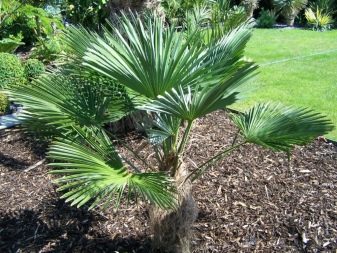

High
The specified type of beautiful palm differs from all other varieties in that it demonstrates the maximum resistance to the influence of frost. The plant is well cultivated in various countries. The lower half of the trunk is large, covered with characteristic scales. The leaf plates of the culture develop rather dense, covered with a bloom of a bluish tint. In nature, the height of such a palm tree can be up to 16 m.If the tree is grown at home, then its height will reach no more than 3 m.
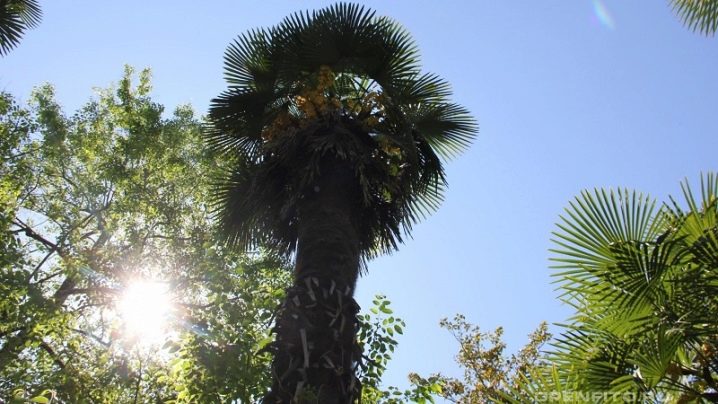
Martius
This beautiful palm tree is thermophilic. Its trunk is practically naked, not covered with anything. The plant produces thickened leaves, dissected into a large number of segments. Their number can range from 60 to 70. In places where the climate is warm and mild, trachycarpus Martius can be grown in a well-kept garden.
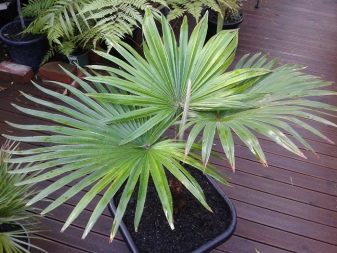
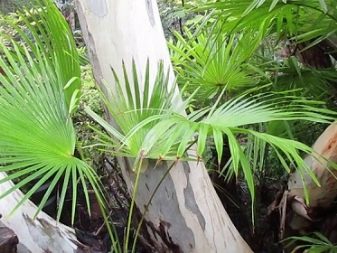
Dwarf
One of the most interesting and unusual varieties of the plant in question. The dwarf trachycarpus has a root system that can penetrate even the deepest soil layers. In this case, the parameter of the culture height is usually no more than half a meter. There is a light bluish bloom on the surface of the rounded fan-type leaf plates.
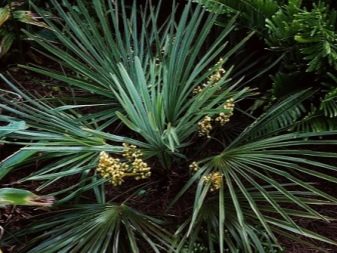

Two-segment
This type of palm tree is very popular among flower growers. The height of a two-segment trachycarpus is usually up to 250 cm. In diameter, the plant is characterized by parameters of 20-25 cm. In the upper half of the trunk, covered with cuttings of dead leaf plates, there may be 12-15 large-sized fan-shaped leaves with a dissection to their very base.

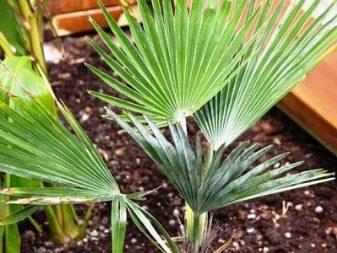
Landing
Planting trachycarpus should take place in accordance with certain rules for the tree to take root in its place and develop healthy. Consider the main features of planting this attractive crop.
- Almost any type of soil mixture will be perfect for planting a beautiful palm tree. It can be both acidic and neutral. It is desirable that humus, turf, river sand, and compost are present in its content. All components must be in equal proportions. You can purchase specialized palm soil at the point of sale. In addition, it is important to provide good drainage, which will allow moisture and air to pass through without problems.
- The palm should be planted at optimal temperatures. In the summer, the plant will feel good against the background of temperature values of + 20-25 degrees Celsius. The autumn cold will not be terrible for the palm tree, but in winter it is advisable to ensure the most comfortable home conditions for the planting.
- Sowing seeds to germinate the crop in question is recommended in January-February. It should be borne in mind that it can be difficult to find them on sale.
- Seedlings are planted in special separate cups, which are already filled with a suitable soil mixture. Top containers are covered with a transparent film or glass.
- The first shoots can break through in 1-2 months. So that they can grow without problems, they should be placed in a well-lit place with comfortable temperature indicators (20-22 degrees Celsius).
- If, after planting, young plants are properly looked after, then by the end of the first year they will release up to 5 leaf blades. They will begin to divide into separate segments at the stage of 5-7 plate formation.


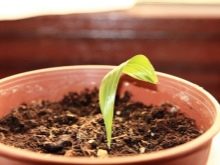
Care
Like any other plant, trachycarpus needs proper and regular care.The plant needs timely watering, competent and accurate pruning, as well as top dressing. Subsequent transplants are also carried out in accordance with certain rules.
Watering
The plant must be properly watered so that it grows beautiful and healthy. Trachikarpus needs rare and moderate watering. The flower grower should always monitor the condition of the soil in which the plant is located. If it has dried out by 20-30 mm, then it is necessary to water the planting. However, excess moisture must be avoided, as this can lead to inevitable root rot. It is very helpful to bathe the culture with a warm shower. This procedure is carried out once a week.
But it must be remembered that the soil located in the container must be protected from contact with the liquid during such operations. It is best to wrap the container with oilcloth or some suitable film. In the winter season and late autumn, the plant may not be bathed at all. It is enough to gently wipe the leaf blades with a damp cloth or sponge. It is no longer necessary to use a spray bottle.
If the humidity in the room is too low, then a couple of containers with water can be placed next to the plants. It will constantly need to be added.
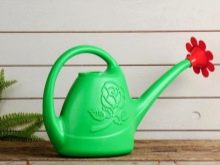

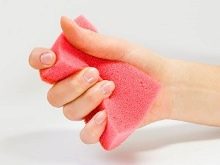
Pruning
The plant will definitely need the correct and most accurate pruning. If you want the palm tree to look spectacular and neat, then you cannot neglect such a procedure. Pruning should be regular. In this case, all drooping, dead leaves or specimens with damage are removed. But one important nuance must be taken into account: leaves that have begun to turn yellow do not need to be pruned. The palm tree will still be able to absorb the nutrients it needs from them. This also applies to those leaves that have acquired a brown tint.
Shoots that grow on the sides, it makes sense to leave in their places only if in the future the gardener wants to propagate trachycarpus by means of a vegetative technique.
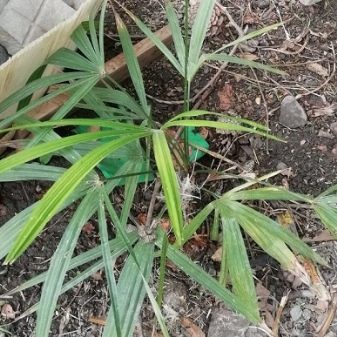

Top dressing
Unlike many other flowering domestic crops, trachycarpus requires very small doses of fertilizer. That is why when using the most common drugs, it is important to reduce their concentration by about half. The palm tree is allowed to be fed with special mineral and complex compounds.
They are added as indicated in the instructions on the package. Against the background of active growth, such mixtures are applied every 18-20 days. It is best to add the considered dressings from mid-spring to the last days of August. Fertilizers are usually applied at the same time as watering.


Transfer
You can transplant a beautiful plant when the need arises. We are talking about the time when the root system of the palm tree will not have enough free space in the container. Usually at such moments, the roots begin to break through the drainage holes. Usually, young bushes require periodic transplants: about 1 time per year. More mature specimens are transferred with the utmost care to other reservoirs once every 3 or 4 years. Old and very large stands can be seriously damaged during replanting, so it is best not to expose them to this risk. It is enough just to change the top layer of the soil mixture (about 50 cm) to a fresh one.
Since the plant has rather vulnerable roots, it is usually transplanted by transferring it. Such agricultural technology is relevant when moving crops in the open field or at home. In this case, it is necessary to leave more soil mixture on the rhizomes. A couple of weeks before transplanting, any soil mixture will need to be disinfected with a solution of potassium permanganate. Oven baking is acceptable. If the culture is transplanted into another container, a dense drainage will need to be placed on its bottom. The culture is transplanted together with the earthen clod as carefully as possible.
The palm tree is well watered, rearranged in a shaded place after all procedures are completed.
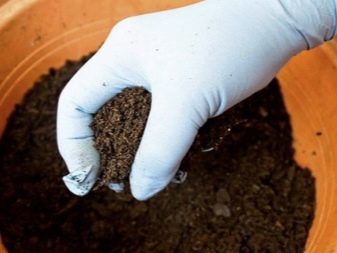
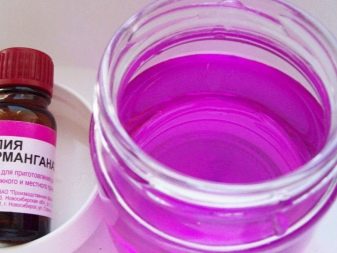
Reproduction
You can propagate a beautiful palm tree yourself. There is nothing difficult in carrying out such operations. Trachikarpus can be propagated by means of ordinary seedlings, as well as shoots. If the method using shoots was chosen, then you will need to cut off the required number of them (the permissible diameter is at least 7 cm). All leaves are removed from them. After that, the shoots are planted in a combination of perlite and sand. The cut zones are treated with fungicides or a light solution of potassium permanganate.
It is necessary to grow palm trees from shoots at temperatures not lower than +27 degrees Celsius. It is desirable that the sprouts are in partial shade. Once the components of the trachycarpus have taken root, the plants can be moved to suitably sized tanks. It usually takes at least 6 months to root.
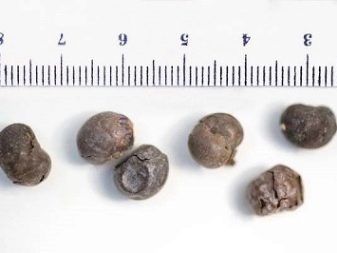
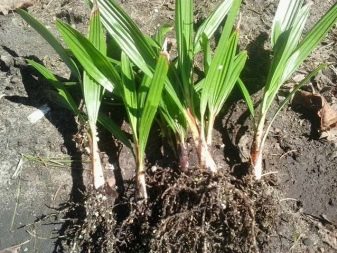
Diseases and pests
Trachikarpus almost never gets sick. However, it may be missing some elements. This will be visible visually.
- If the plant suffers from a lack of nitrogen, then you will notice that its leaves turn yellow quickly, and growth stops.
- The lack of potassium also affects the condition of the foliage. The plates are covered with spots of orange or yellow. Old leaves dry out and curl. Soon the same thing happens with the younger elements.
- If the plant lacks magnesium, the rate of photosynthesis drops sharply. Because of this, bright shades become pale, and the new leaves are very different in size from the old ones. Lack of magnesium also results in dried streaks on the edges of foliage. They grow in size over time.
- If the foliage has turned pale, this indicates a poor absorption of iron and manganese by the culture. This is one of the symptoms of chlorosis.
- If there is an excess of fluoride, the foliage turns black.
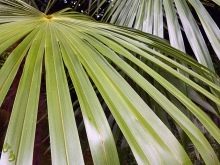
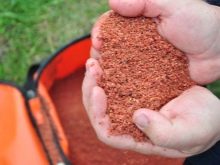
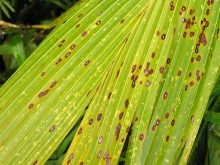
Most often, the palm tree suffers from attacks by pests such as aphids, scale insects, mealybugs. If the first signs of the appearance of these parasites have been noticed, immediate treatment will be required.
- The infected planting must be transferred to the quarantine zone, protecting it from other plants.
- You will need to collect all mature plantings. You will also need to prepare cotton wool soaked in soapy water.
- Plants will need to be treated with a warm shower, wrapping containers with them in plastic wrap. The palms should dry out a little, after which they are treated with suitable medicinal preparations. If there are not very many pests yet, folk remedies will also help out: a solution of green soap, tobacco or ash. If the infection is widespread, then it is better to use Fitoverm, Akarin or Agravertin.
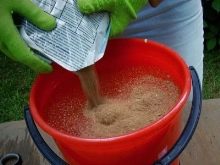
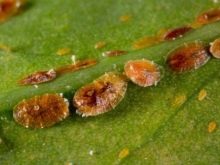
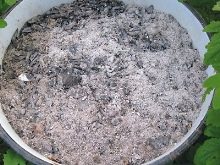













The comment was sent successfully.